Discover 11 hidden attractions, cool sights, and unusual things to do in Fulda (Germany). Don't miss out on these must-see attractions: Fulda Cathedral, Church of St. Michael, and Stadtschloss. Also, be sure to include St. Mary's Abbey in your itinerary.
Below, you can find the list of the most amazing places you should visit in Fulda (Hesse).
Table of Contents
Fulda Cathedral
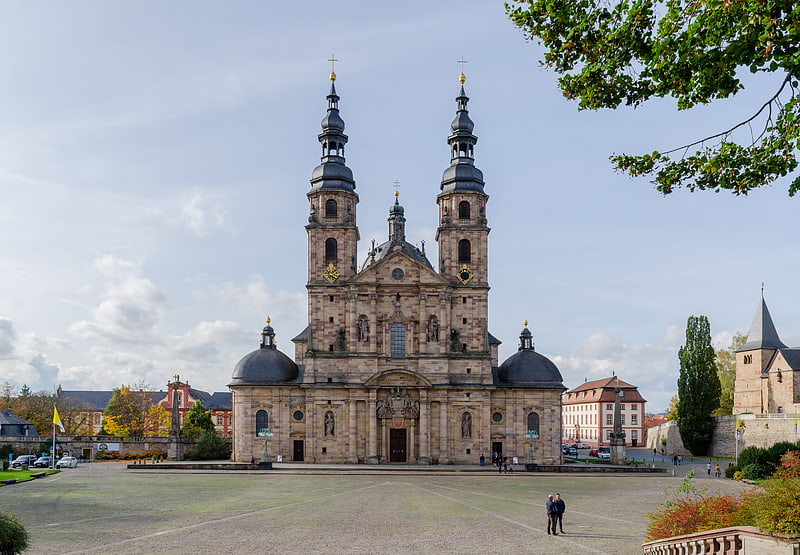
Also known as: Fuldaer Dom
Cathedral in Fulda. Fulda Cathedral is the former abbey church of Fulda Abbey and the burial place of Saint Boniface. Since 1752 it has also been the cathedral of the Diocese of Fulda, of which the Prince-Abbots of Fulda were created bishops. The abbey was dissolved in 1802 but the diocese and its cathedral have continued. The dedication is to Christ the Saviour. The cathedral constitutes the high point of the Baroque district of Fulda, and is a symbol of the town.[1]
Address: Domplatz 1, Fulda
Church of St. Michael
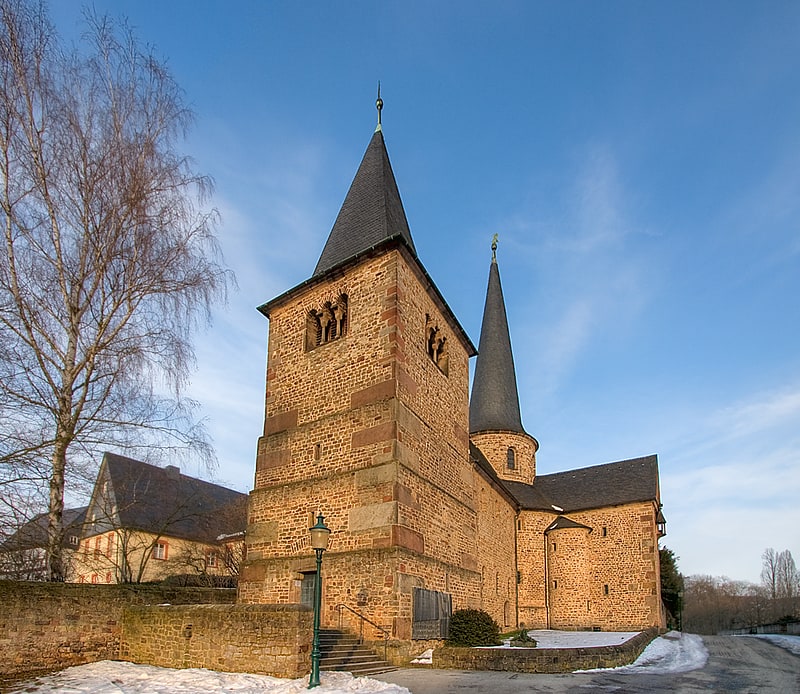
Also known as: Michaelskirche
Catholic church in Fulda, Germany. St. Michael's Church in Fulda, Hesse, is considered to be the oldest replica of the Church of the Holy Sepulchre in Germany, built in the Carolingian architectural style on behalf of abbot Eigil in the years. It served as a burial chapel to Fulda monastery founded in 744, which was one of the prominent cultural centres of the early Middle Ages. St. Michael stands in the neighbourhood of Fulda cathedral, and the architect was probably the monk Racholf. The rotunda and crypt remain preserved from this time. In the 10th and 11th century, the church was extended from the rotunda, and a west tower was built. In 1618 the roof over the rotunda was rebuilt with a conical roof, and in 1715 – 1716 a chapel was added to the north side. It was restored in 1853. Wall paintings in the interior date from the 11th century.[2]
Address: Michaelsberg 1, 36037 Fulda
Stadtschloss
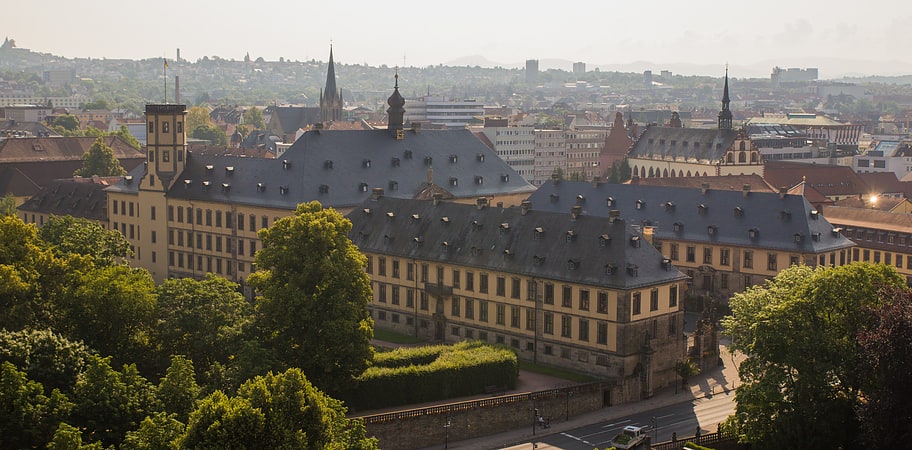
The baroque Fulda City Palace was built between 1706 and 1714 by Johann Dientzenhofer as the residence of the Fulda prince abbots and later the prince bishops.
Address: Schlossstr. 1, 36037 Fulda
St. Mary's Abbey

Also known as: Benediktinerinnenabtei zur Heiligen Maria
Abbey. St. Mary's Abbey is a Benedictine nunnery in Fulda, Hesse, Germany.
The St. Mary's Abbey was founded in 1626. The first decades were very troubled as a result of the Thirty Years' War: the sisters often had to flee from enemy troops and the abbey was looted several times.
The nunnery was able to evade destruction during the secularization of 1802 by turning itself into a girls' school. During the Kulturkampf, the sisters went into exile in France from 1875 to 1887. In 1898, the nunnery was elevated to the status of abbey. In 1942, although most religious houses in Germany were commandeered by the National Socialists, the nuns were able to avoid eviction by offering the use of most of the premises to the Wehrmacht.
After becoming closer in their way of life over a period of many years to the Beuronese Congregation within the Benedictine Confederation, the abbey finally became a member in 1982.
The nuns engage in various handicrafts, run the abbey shop and have built a compost activator.[3]
Address: Nonnengasse 16, 36037 Fulda
Stadtpfarrkirche St. Blasius
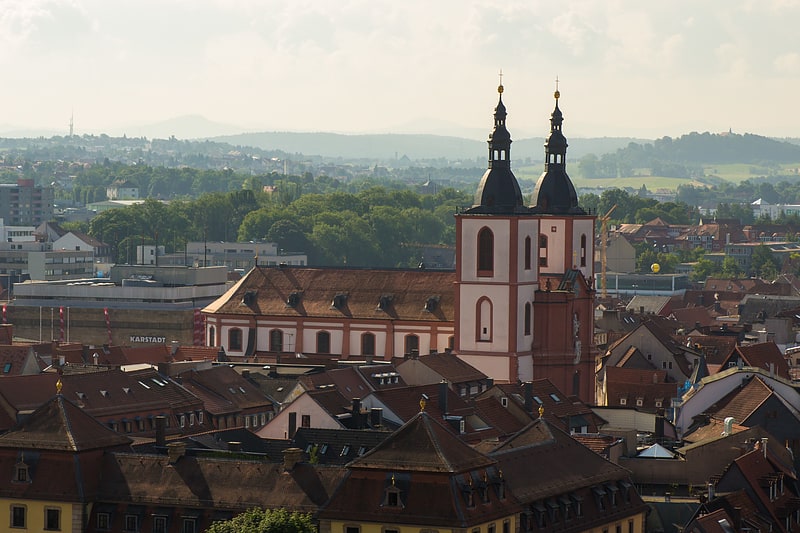
The Catholic city parish church of St. Blasius in Fulda was built between 1771 and 1785 in the Baroque style according to the plans of the Jesuit brother Johann Andreas Anderjoch. It is the home of the inner city parish of St. Simplicius, Faustinus and Beatrix, founded in 2015.
Address: Nonnengasse 13, 36037 Fulda
Tümpelgarten
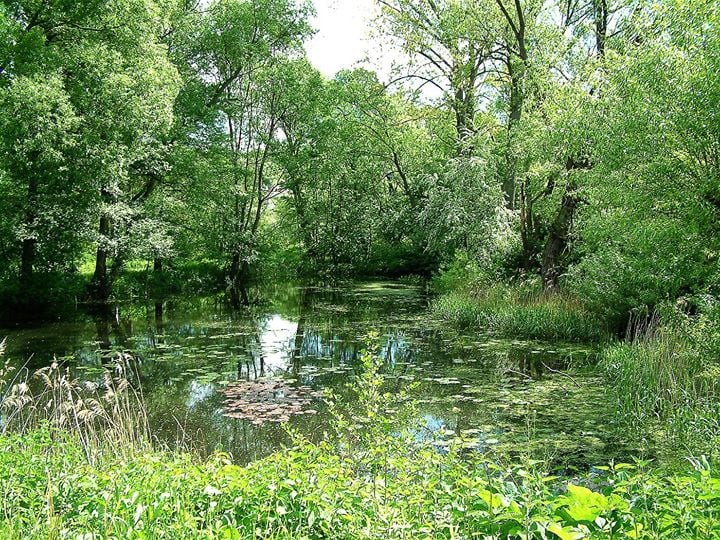
Zoo, Aquarium
Address: Maberzeller Straße 40, Fulda
Fulda monastery

Also known as: Kloster Fulda
Abbey. The Abbey of Fulda, from 1221 the Princely Abbey of Fulda and from 1752 the Prince-Bishopric of Fulda, was a Benedictine abbey and ecclesiastical principality centered on Fulda, in the present-day German state of Hesse.
The monastery was founded in 744 by Saint Sturm, a disciple of Saint Boniface. After Boniface was buried at Fulda, it became a prominent center of learning and culture in Germany, and a site of religious significance and pilgrimage through the 8th and 9th centuries. The Annals of Fulda, one of the most important sources for the history of the Carolingian Empire in the 9th century, were written there. In 1221 the abbey was granted an imperial estate to rule and the abbots were thereafter princes of the Holy Roman Empire. In 1356, Emperor Charles IV bestowed the title "Archchancellor of the Empress" (Erzkanzler) on the prince-abbot. The growth in population around Fulda would result in its elevation to a prince-bishopric in the second half of the 18th century.
Although the abbey was dissolved in 1802 and its principality was secularized in 1803, the diocese of Fulda continues to exist.[4]
Heilig Geist
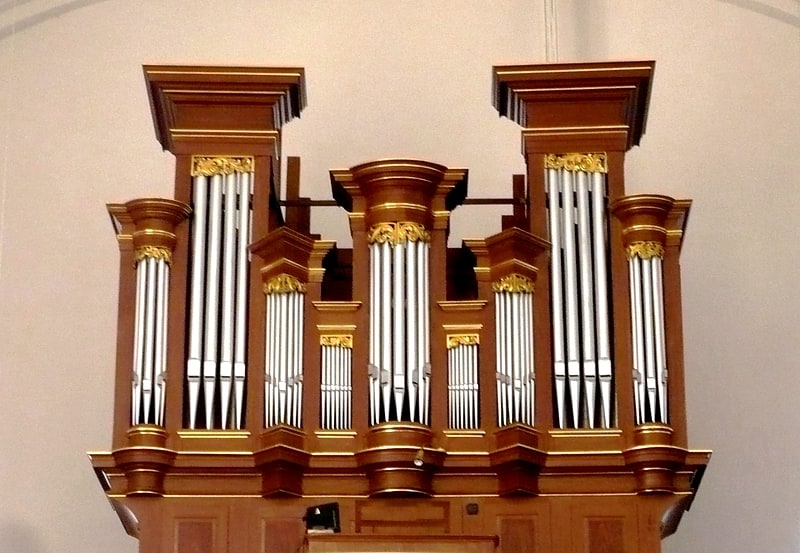
The Baroque Church of the Holy Spirit in Fulda was built between 1729 and 1733 as a hospital church on the site of its 13th-century Gothic predecessor. The high altar is dedicated to the 3rd person of the Most Holy Trinity, the right side altar to the church patroness Margaret and the left side altar to St. Joseph. The church was intended as a meeting place for the 32 poor who lived in the attached hospital. The first pastor of the hospital was Johann Adam Henckel. In 1803, the magistrate of the city of Fulda assigned the St. Spirit Church as the meeting place for the Marian Men's and Young Men's Sodality, which held its last meeting on Passion Sunday 1803 in the University Church of the Assumption of the Blessed Virgin Mary, hence the old name Sodality Church. Michael Henkel was the organist of the Sodality until 1851. In 1835 the Sisters of Mercy of St. Vincent de Paul took over the hospital and the sacristy service. On January 1, 1906, it becomes the church of the parish of Heilig Geist Fulda, before becoming a branch church of the inner city parish of St. Simplicius, Faustinus and Beatrix in 2015.
Address: Löherstraße 1, 36037 Fulda
ITZ | Informationstechnologie- und Tagungszentrum/Alter Schlachthof
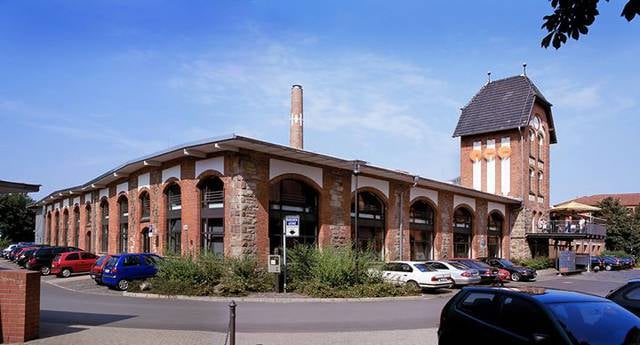
Address: Am Alten Schlachthof 4, Fulda
IX Bowling

Bowling alley
Address: Alte Ziegelei 10, 36100 Petersberg
Fuldaer Zeitung / Verlag Parzeller
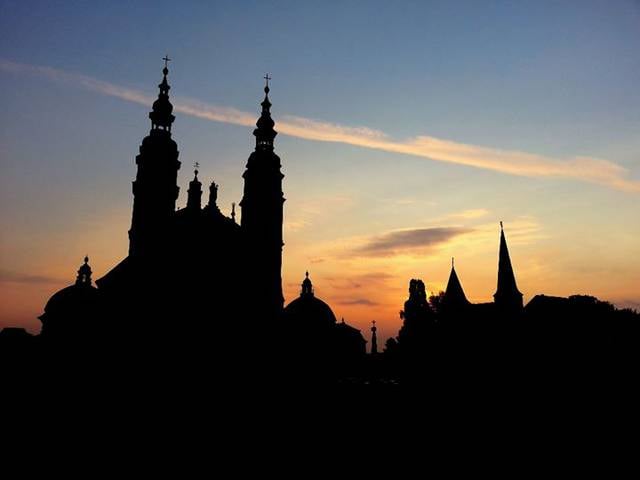
Address: Frankfurter Str. 8, Fulda